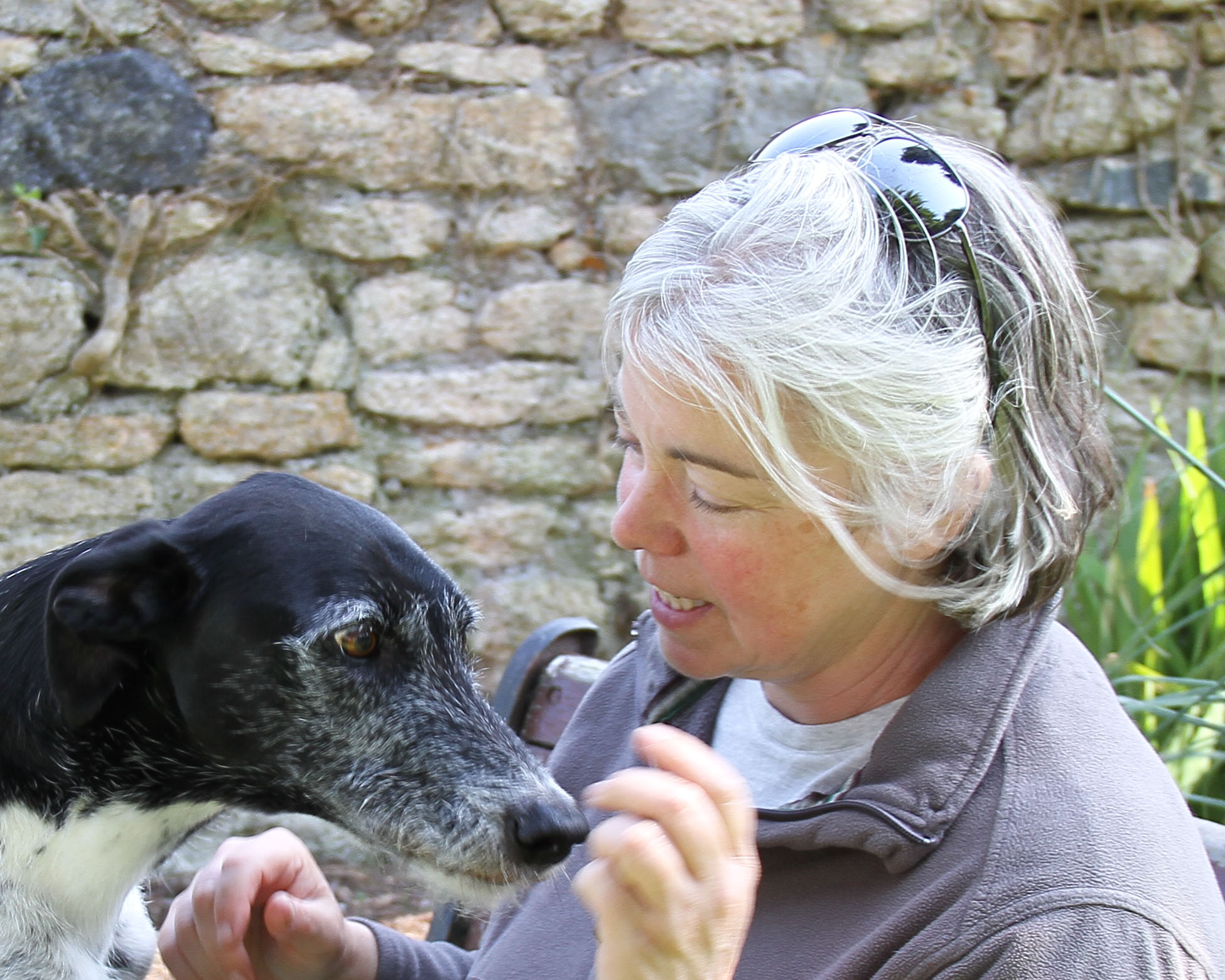Call / 07815 167247
Email [email protected]
Call / 07815 167247
Email [email protected]

When clients come to me for help, one of the most important things I emphasise is this:
What you do between our sessions matters the most.
It’s not about spending hours on end training your dog every day. Instead, it’s about weaving small, meaningful exercises into your daily life.
Let’s talk about how to make that work.
You don’t need to carve out big chunks of time to see progress. Training can happen in those little in-between moments:
Think about moments in your day when you’re already interacting with your dog—like putting on their lead, preparing their meal, or coming home after being out. Each of these moments is an opportunity to reinforce behaviours like calmness, waiting, or focus. These aren’t extra activities—they’re little tweaks to things you’re already doing.
By pairing training with routines, it becomes effortless and consistent. These bite-sized moments add up over time. By fitting training into your routine, it feels less like a chore and more like a natural part of your day.
When we work together, I often recommend five-minute bursts of training with breaks in between. For example:
While keeping sessions short is vital, don’t forget to end on a high note. Wrap up each session with something your dog enjoys—like their favourite game or a treat—so they associate training with positive experiences. If things aren’t going well, take a break and come back later. Frustration (on either side) can undo progress, so it’s better to keep it brief and joyful than to push through a tough moment.
Even just five minutes a day can make a difference. Consistency is key, and shorter sessions are often more productive than long, drawn-out ones. Remember, dogs (and humans!) learn best in small, manageable doses.
For some people, the best way to stay consistent is to assign specific times for training.
If scheduling helps you stay on track, embrace it. Building a routine can be incredibly beneficial for both you and your dog.
Planning doesn’t just mean setting aside time—it’s also about preparing mentally and practically. Think about what you want to achieve in the session and what tools you’ll need. For example, if you’re working on recall, do you have their favourite treat or toy? Is the environment free of distractions, or are you ready to handle them if they arise?
Planning for success makes the session smoother and helps you stay focused on your goals.
This might be the most important point of all. Training should feel enjoyable—not like a daunting task.
If you approach training with excitement and joy, it’ll feel less like “work” and more like quality time with your dog. A few minutes of playful learning can strengthen your bond and boost your dog’s skills.
At the end of the day, training doesn’t have to be complicated or overwhelming. It’s about finding small, realistic ways to incorporate it into your life. Fit it in, keep it short, and most importantly—make it fun.
With these steps, you’ll be amazed at the progress you and your dog can make together.
🐾 🐾 🐾 🐾
If this blog has resonated with you, and you’d like some help with your dog but don’t know where to start
Take the Lead might be just what you need.
It’s a calm, thoughtful resource designed to help you press pause, clear your head, and make sense of what’s going on.
If you're looking for a way to move forward with more confidence and clarity, this is a great place to begin. It’s a practical, reflective tool you can use on your own—and a gentle introduction to the kind of approach I use to help clients make real progress.
You can head to my Loving Life With Dogs site to find out more: